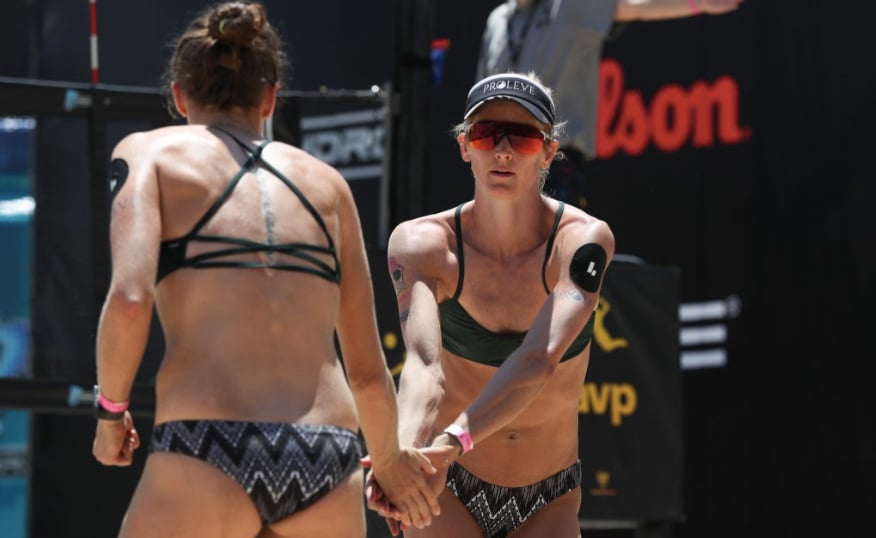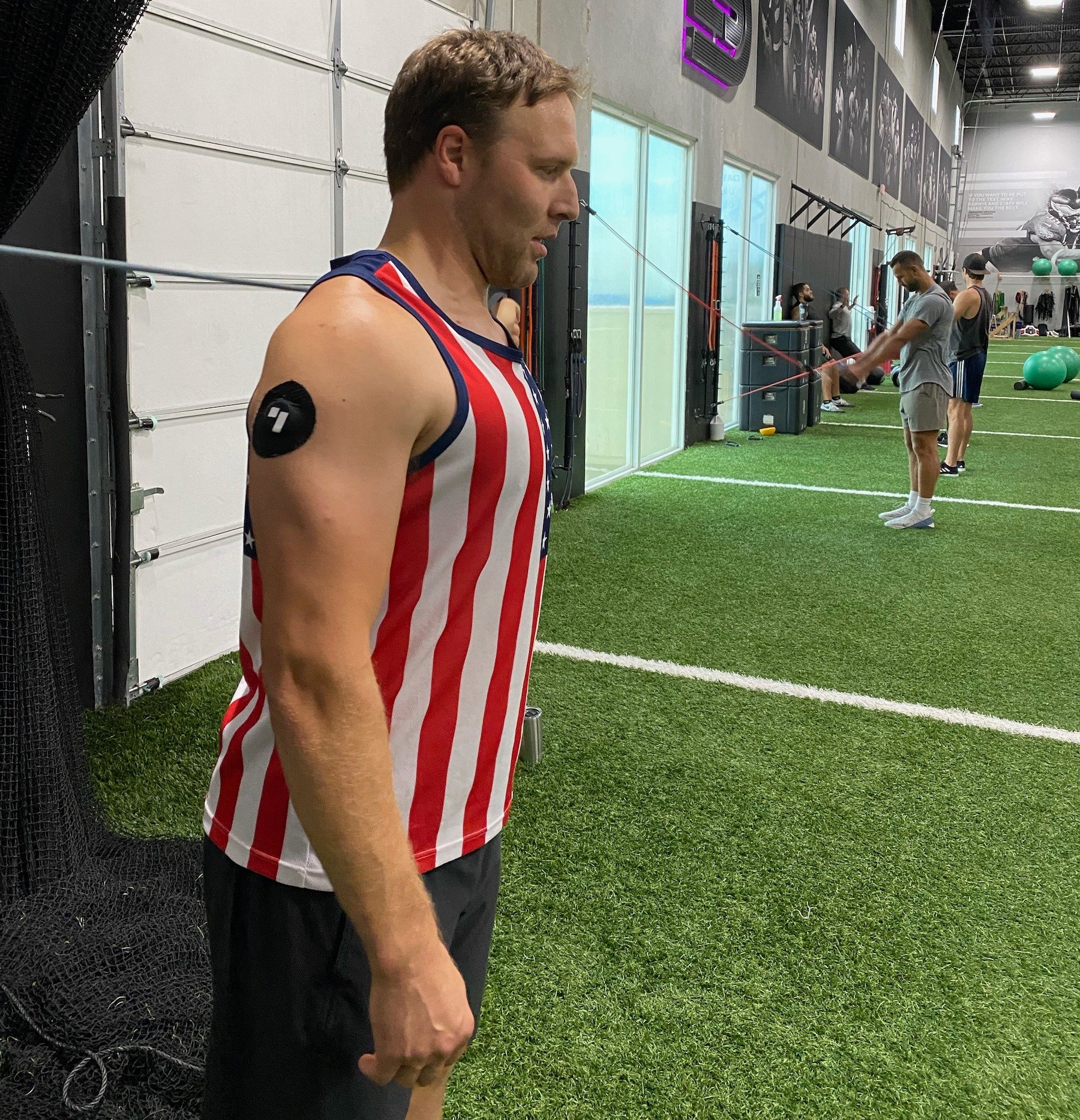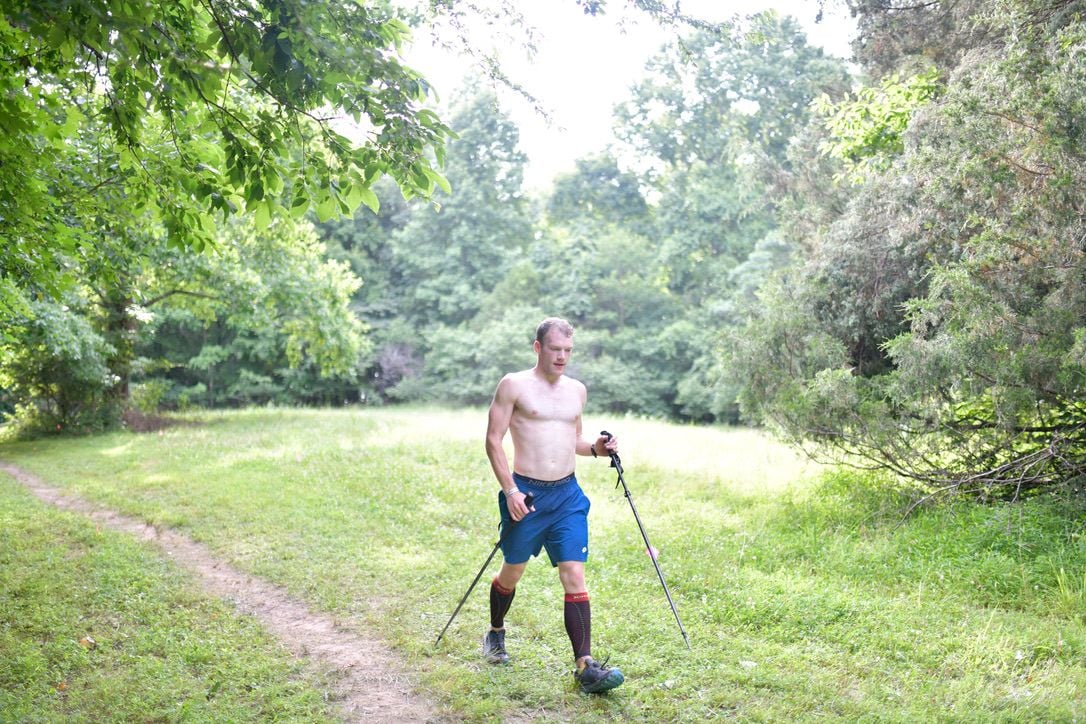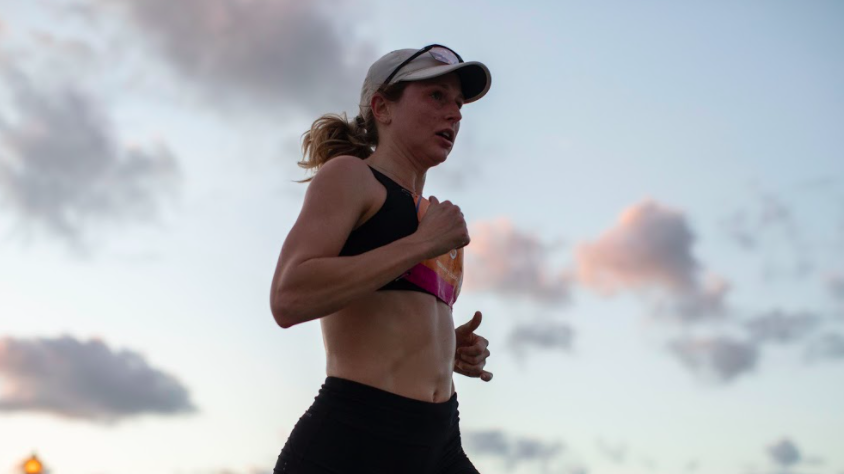“I’m a Physical Therapist and strength & conditioning coach, so all aspects of performance are deeply interesting to me,” says Alex Herzlin, a Levels user and an official Physical Therapist for the Ladies Professional Golf Association (LPGA). “Levels was an eye-opening experience to how glucose can impact athletic performance.”
After using Levels, Alex became inspired to start looking into creating glycemic profiles for all of his athletes to better understand how their unique metabolic responses to foods can be leveraged for better performance.
“I wanted to be a guinea pig for Levels so that I could then know how to approach higher-level tests with our athletes,” laughs Alex. “Everyone who competes knows how big nutrition is. But even now, if I refer someone to a dietician or nutritionist, they’re going to start with keeping a personal food log, followed by reports of how they feel during their workouts.”
The sensation of feeling, Alex posits, simply isn’t good enough to truly understand how nutrition impacts someone on a personal level. To get the extra edge, you need objective data.
What happens when a golfer reports having shaky hands halfway through a big tournament? Alex runs through a quick mental list: dehydration? Lack of sleep? Nerves? Food? Something else?
“Most of the time, we’re just not getting objective enough,” says Alex. “Levels is a huge help in isolating a critical variable. The objectivity is golden.”
“I was also surprised how exercise right after eating can impact glucose levels, says Alex. “I never really even considered how a fairly low level of exercise could affect glucose levels so much.”
Maximizing Golf Performance with Nutrition
In golf, a sport where a standard 18-hole round of golf can take anywhere between 4 to 6 hours, what you eat and when you eat before and during the match can be very impactful on performance.
“When we’re talking about professional golf, what you eat can make a huge difference,” insists Alex. “For example, if you have a banana as a snack at the turn (halfway in golf), and you get a sharp spike in your glucose levels, your performance in the next portion can be severely impacted. If you can keep your mental clarity and avoid shaky hands, especially in such a mentally demanding sport like golf, why not do it?”
Golf requires a stillness of mind, and many variables such as hydration sleep, sleep, nerves, and glucose levels can all have an impact.
“There are so many variables and there is simply no replacement for Levels to eliminate the subjectivity,” says Alex. “If my athletes are saying their hands feel unsteady, I want to better understand whether it’s from their meals, dehydration, or just nerves, and the work proactively to ensure those negative effects are minimized or eliminated in the future.”
Experimenting with Custom Glycemic Profiles for Athletes
“A big attraction of studying glucose levels for my athletes isn’t just about what foods they need to replace,” says Alex. “I believe it will also help us understand which athletes should be more concerned about their glucose levels in general. To know if someone is susceptible to having low blood sugar would be a huge benefit.”
“For example, I never get blood sugar crashes,” explains Alex. “I can easily go 24-hours without eating and get two workouts in and be fine for the most part. But, when you’re on tour, sometimes you have the issue of someone playing super early. They might be already warming up at 6:15 AM to go play. Do they need a big meal that early” For players that are particularly prone to low glucose levels, Alex notes, they put their performance at risk if they skimp on eating the right food– particularly in those early tee times.
“If you know your athlete’s individual glycemic profiles, you could possibly provide immediate support if they report feeling off between rounds,” comments Alex. “For example, if their energy levels and focus are slumping as a result of low or high glucose levels, they can make minor tweaks in their nutrition to better support their performance.”
Using Food Combinations to Control Glucose Spikes
A valuable asset to his athletes, Alex often finds himself on the road to provide as much support and guidance as possible.
“In a normal year, I’m on the road with my athletes for around 24 weeks of the year,” describes Alex. “When traveling, it’s not weird for me to have multiple back-to-back 14-hour days. On tournament weeks, I’m working six days a week. I can’t just be crashing after lunch.”
By developing a deeper awareness and appreciation of how the food he eats impacts him on a chemical level, Alex is able to gain more control over his unique diet, a valuable skill set during times that require extended focus.
“I have a huge sweet tooth,” Alex admits. “When you’re on a tournament week, they’ll just put out these huge platters of food and say eat whatever you want, which is a challenge for me. The Honey Nut Cheerios are always calling my name. At home, I’m great because I don’t buy things I would indulge in– that box of Cheerios would be gone in a day. But when you’re on the road with catered food, and you’re hungry? That’s a different story.”
“I think anyone that cares about their health or their performance has moments where they eat certain things and say, ‘Oh, I probably shouldn’t have eaten that,’ but that’s mostly subjective.”
Alex has found that experimenting with fats have allowed him to minimize any spikes, and therefore eliminate the post-spike energy and focus crashes.
“Food combinations are super interesting to me,” notes Alex. “For example, I can have that bowl of cheerios without a significant spike as long as I have a few pieces of bacon beforehand. For me, fat was the ultimate equalizer of carbs, and I had never really focused on adding fat to curb my glycemic response.”
Alex also gained some unique insights into his regular nutritional habits.
“I thought oatmeal was a pretty good food for me, but after using Levels to track it, I saw having oatmeal as my first meal of the day would shoot my glucose levels through the roof,” remarks Alex. “I may as well have had a candy bar.”

Final Thoughts
Like many physical therapists working with top-tier athletes, Alex Herzlin needs to be at the top of his game to make sure his athletes are at the top of theirs.
“Levels just takes the stress out of the whole thing. I think anyone that cares about their health or their performance has moments where they eat certain things and say, ‘Oh, I probably shouldn’t have eaten that’ but that’s mostly subjective. Levels helped me break that down to a number.”
Alex looks forward to the day where he can troubleshoot any gaps in performance and recovery with objective data. Along the way, Alex also gained some insight into his own metabolic health.
“The coolest thing is that Levels just really is an application for anybody,” says Alex. I really can’t imagine a person that wouldn’t benefit doing this for a month.”








